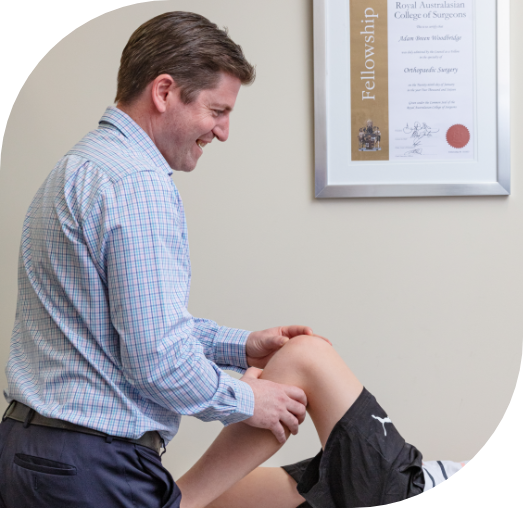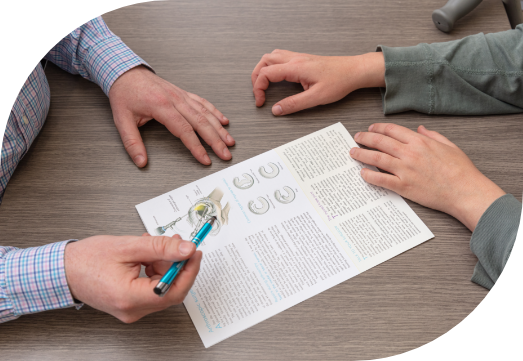Patella Dislocations
What is a Patella Dislocation?
Patella dislocation is a common traumatic injury to the knee. This involves the knee cap (patella) sliding out from the normal trochlea groove in the femur. Initial management involves reducing the patella back to an anatomical location and splinting. In many cases this injury will recover with appropriate splinting and physiotherapy. Most first-time dislocations are treated in this manner. In some cases, a piece of bone or cartilage may be dislodged into the knee joint. These cases will often require early surgery to address the loose body.
Some patients experience recurrent dislocations of the patella. Quite often in these cases, there are underlying anatomical variations in the individual that predispose them to dislocate the patella. Some also have greater soft tissue laxity or flexibility that increases risk of instability. Many patients will feel a sense of instability even between episodes of dislocation. With each recurrent dislocation, the patella becomes more unstable and may then dislocate more readily.

What are the procedures available?
There are many procedures available to address the patellar instability. Surgery usually involves a combination of procedures to address the underlying causes. In most cases, a medial patellofemoral ligament (MPFL) reconstruction is required. The ligament on the inside of the patella is torn in most patella dislocations. The role of this ligament is to act as a check-rein on the patella as the knee bends and straightens. The reconstruction involves harvest of a hamstring tendon which is weaved through carefully placed tunnels in the femur and the patella to create a new ligament.

Some cases require the addition of a tibial tubercle osteotomy. This procedure involves shifting the insertion point of the patellar tendon to realign the patellar within the trochlea groove. The tibial tubercle is generally transferred towards the inner aspect of the knee to counteract the forces that drive the patella outwards. Occasionally, it may also be shifted downwards as well, if the patella is situated high on the knee (also known as patella alta). The bone is fixed back to the tibia with screws.
Other procedures that may be used in combination include arthroscopic lateral release and chondroplasty. This involves releasing the tight tissues on the lateral side of the patella and also trimming any flaps of cartilage from the joint surface that may have been damaged during the dislocation injuries.
Dr Woodbridge will assess your knee in detail and discuss the most suitable options for your knee.

